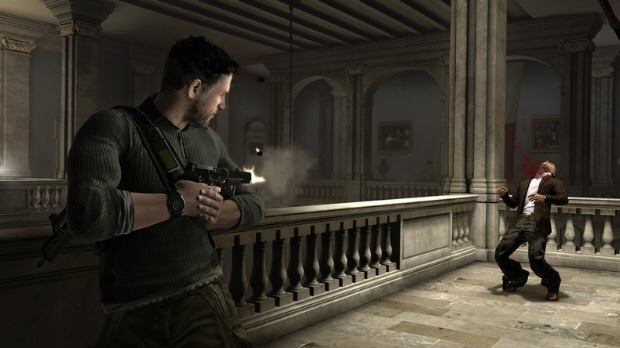The Splinter Cell fanboy division over CONVICTION
By Moeez 11 Comments
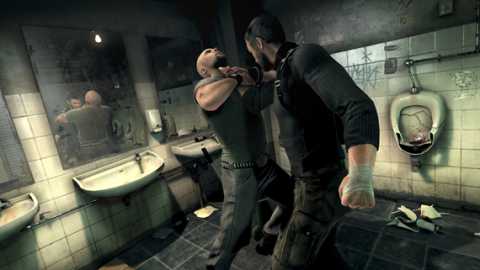
The anticipation for Splinter Cell Conviction has been a worrying but fever-pitched ordeal for many fans. It hit a peak with the release of the single-player DEMO on Xbox Live.
Fans are freaking out over the demo if they were worried of the new direction of making Splinter Cell more in line with an action game. These people are termed " darksiders". Then you have fans who are ok with the new changes to revitalize the Splinter Cell franchise after the series hit saturation levels with Double Agent. These people are termed " lightsiders".
There are quite a few reasons why fans are very vocal about this particular Splinter Cell game. It's developed by Ubi Montreal, the team that makes the best Splinter Cell games, while Ubisoft Shanghai handled Pandora Tomorrow and Double Agent. For non-fans, it's pretty much the Treyarch/Infinity Ward situation. Chaos Theory might have been an evolution to the 1st Splinter Cell game, but Conviction adds so many new features that it doesn't feel like just another sequel. Some of these new mechanics and ideas are not loved by everybody, and the diehard fans are suggesting for removal of certain features or tweaking them so the game still stays as a Chaos Theory remake. Fans might feel betrayed that the "good" team is making such a ruthless change to the franchise, compared to if it was in the hands of Ubi Shanghai. But I don't think they need to be so worried. These changes are for the better.
The big changes to Splinter Cell are now, Sam Fisher is a lot more agile, fast-paced, and is out to kill. No more Third Echelon, no more needing the 5th Freedom. Sam Fisher is out for revenge for the death of his daughter, who might not have been killed by just a drunk driver. No more having to move dead bodies into the shadows (you can still move people if you grab a dude and smack his head against the wall in the shadows). The nightvision/thermal goggles are a bit of a mystery as to whether they're coming back. The game is no longer about trial-and-error high consequences. The previous games were built on trial-and-error, and this new installment benefits from giving you more of a fighting chance. You can now actually continue the game after being detected because of the new Last Known Position (LKP) mechanic. However, this all plays second fiddle to the most controversial new mechanic, Mark and Execute.
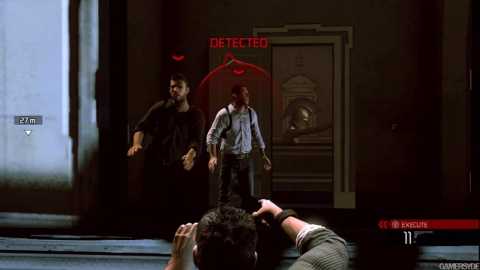
Mark and Execute (M&E) is a mechanic where you can mark enemies, and when you're in close distance, press a button for Sam to do instant kill headshots on them. People worried that this would make the game too easy, or makes the game feel automatic rather than a stealth simulation. First, we have to realise it's a demo and they made it easier to get a new audience excited about the game. More importantly, I see it more as another tool you have to utilise at the right time and it's a reward for all your planning. You need to get a melee kill first before earning the M&E, which balances it out. With M&E, you can have the most ridiculous setups and executions where you're cleaning out a room of 6 guys in 1.5 seconds. It's just another feature to make you feel like a predator, and pushing this franchise into more aggressive stealth.
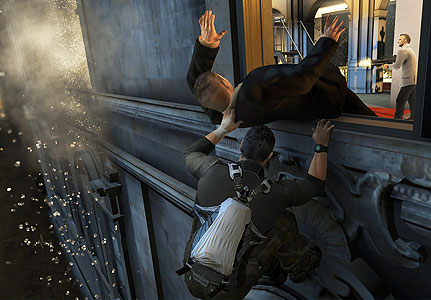
Aggressive stealth is the keyword here. Max Beland, Creative Director, had an overarching design goal for this Splinter Cell game: Sam Fisher should act like a panther at all times. Less waiting around for guards' robotic walking routines, and more of taking the fight to them. This would be highly reminiscent for anyone who's played Batman: Arkham Asylum. That game revitalised the interest into stealth games, and showed that they can be badass instead of being slow-paced affairs. The controls are much more streamlined, there are less menu-driven things of scrolling through your weapons to get to some sticky shocker. Splinter Cell being more accessible is a good thing, because I've always wanted my friends to see how cool stealth games can be, and now they can see their full potential. Before, I'd hand the controller over to my shooter-frenzy gaming friend to play a stealth game, leading to frustration and him giving up on playing again. Maybe they might finally see what's cool and distinct about the Splinter Cell series, and give previous games like Chaos Theory a go.
Splinter Cell going accessible means it's not Splinter Cell any more for some diehard fans. They act very much like indie kids where now their favourite franchise is now popular, so it's sold out to the mainstream gamers. Splinter Cell, like the best of game franchises, means different things to different people. For me, it was about sneaking and grabbing every single dude in a room without being detected. Or using the gadgets to distract guards. To hear Sam's darkly humorous dialogue when he interrogated guards.
To use acrobatics to get the better of your enemies and the level layout. To have linear levels with multiple paths that made it feel like a sandbox. Even the music still feels Splinter Cell, compared to how they screwed up Prince of Persia on that side.
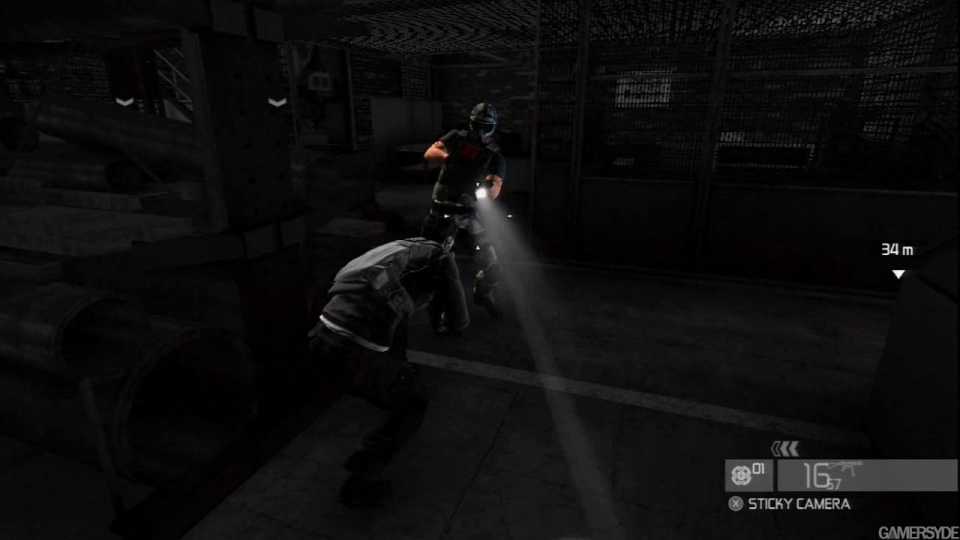
Enemy AI has been vastly improved, compared to Chaos Theory. There are alert levels, but they're not immediately obvious, and guards gradually start to freak out (like Batman: Arkham Asylum). If you shoot once, they won't look for it until you do it again, then they turn on their flashlight and searching from where the bullet fired from. Enemies don't just go back to their place after a while; they might stick into cover after a few alerts and hold position. They'll improvise, and inform other guards of the situation. They're much more tactical in their searching, and use the flashlight diligently. In fact, the AI here is the best it's ever been, if you're playing on Realistic difficulty. It'll be even more challenging in the full game, I hear.
All of this is still intact in Splinter Cell: Conviction, judging from only the demo. Only the action has been sped up. It doesn't quite play like a typical cover-based 3rd person shooter, so playing it like Gears of War will result in your humiliation. Ubi Montreal could have gone for a more traditional sticky cover system but they chose to have you hold down a Trigger, so you couldn't always be in cover. Sam Fisher now feels like the true badass in gameplay. Previous games had him felt like his age where he felt slow and clunky and unable to improvise in a combat situation. Even the new projected text reduces the amount of time you'd spend in menus looking over your map in previous games. Now that there's a decent shooting engine and accessible stealth elements, this opens the game to a wide variety of gameplay styles. I've played the demo more than 15 times and have tried at least 5 different styles: no M&E, only headshots; all melee kills; only using gadgets to get past; and ghosting (no use of gadgets and going past every guard). So many playthrough styles adds a lot of replayability which was also a trademark of Splinter Cell games.
I hope this new direction pays off for the Splinter Cell franchise and bring in a new audience. Most game sequels rely on the core fanbase, and the whole "if it ain't broke, don't fix it" mantra to get by. Ubisoft has been wisely avoiding boring themselves to death with that type of strategy by making wildly differing sequels like GRAW, Prince of Persia 2008, and Far Cry 2. I hope this revitalisation gives them the most success, and that Splinter Cell takes back the crown for best stealth adventure series out there.
